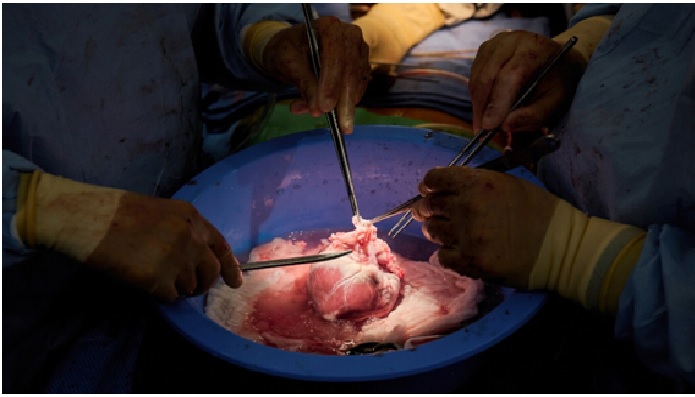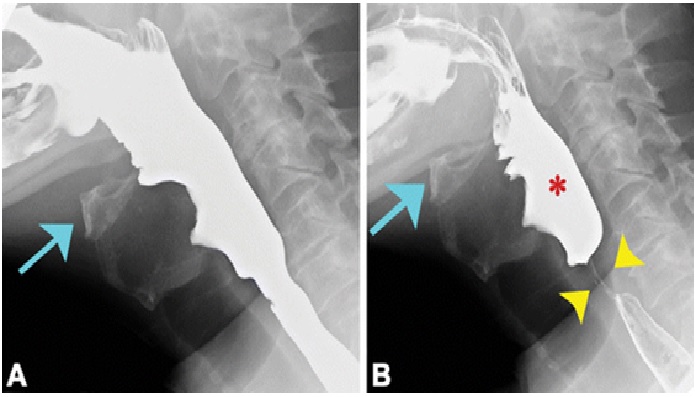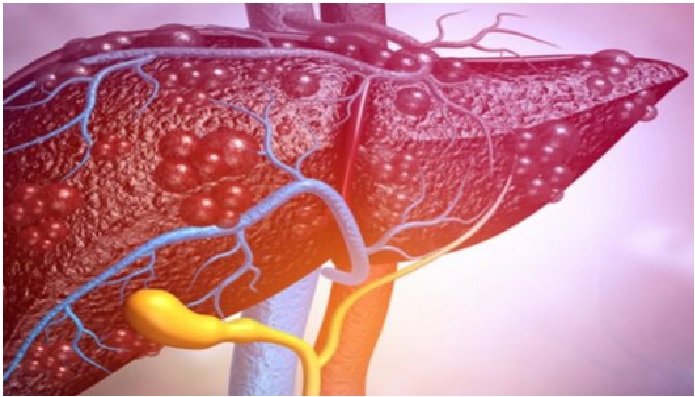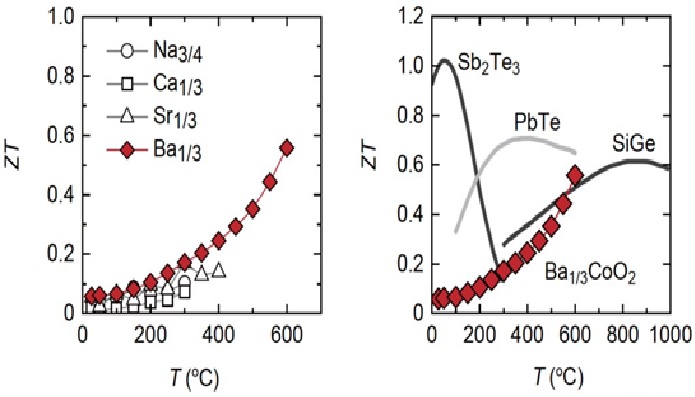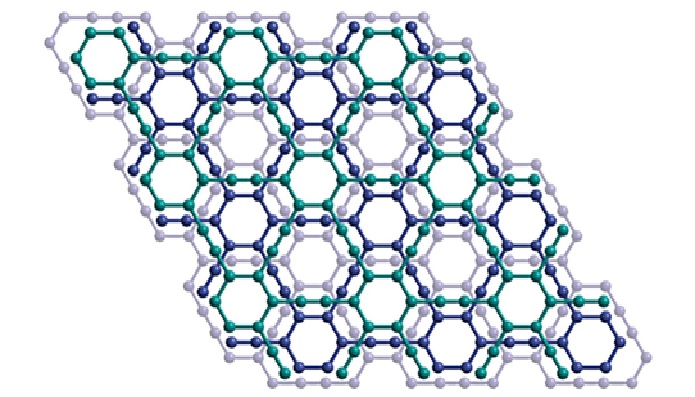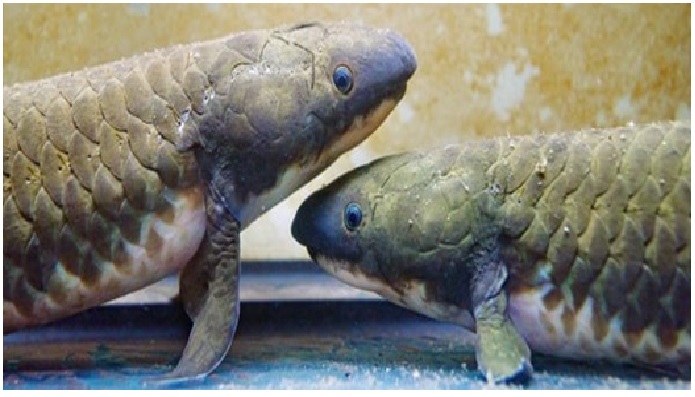Male dogs are developed contagious cancer on nose or mouth
A canine transmissible venereal tumor (CTVT), also known as transmissible venereal tumor (TVT) or Sticker’s sarcoma, is contagious cancer that affects dogs when they come into contact. The cancer cells physically ‘transplant’ themselves from one animal to the other. CTVT commonly affects dogs’ genitals and is usually transmitted during mating. But sometimes, cancer can affect other areas like the nose, mouth, and skin.
Given that sniffing and licking transmission behaviors may differ between sexes, a study by the University of Cambridge‘s Department of Veterinary Medicine determined whether oronasal CTVT shows sex disparity. They found that male dogs are four to five times more likely than female dogs to be infected with this cancer. This is likely to happen because male dogs spend more time sniffing and licking female dogs’ genitalia than vice versa. [1]

Figure 1. Male dogs are developed contagious cancer on nose or mouth
Figure 1 shows CTVT mostly affects the genital regions, leading to formation of unsightly tumours, and is usually passed on during mating . Sometimes, the CTVT cells can affect other areas such as the nose, mouth or skin. Although CTVT is a common disease affecting thousands of dogs on all continents, the oral and nasal version is rare. Mouth and nose tumours are transmitted when one dog sniffs the CTVT infected genitals of another dog. [2]
In order to find out more, researchers viewed a database of nearly 2,000 cases of CTVT from around the world. They found only 32 tumours affected the nose or mouth, with 27 of those being in male dogs due to sniffing and licking other female pups. It can also easily spread by biting and sniffing tumour-affected areas, often associated with the presence of free-roaming dogs. [3]
CTVT in dogs
This odd cancer dates back thousands of years ago to a single dog. Incredibly, the cancer survived beyond the death of this original dog and has been spreading from canine to canine ever since. Today, it is present in canine populations all over the globe, and considered the oldest and most prolific cancer lineage known in nature. That said, it’s most prevalent in countries with free-roaming dog populations.
“Although canine transmissible cancer can be diagnosed and treated fairly easily, veterinarians in the UK may not be familiar with the signs of the disease because it is very rare here,” Dr. Strakova adds. “We think it’s important to consider CTVT as a possible diagnosis for oro-nasal tumors in dogs. Treatment is very effective, using single agent Vincristine chemotherapy, and the vast majority of dogs recover. [4]
References:
- https://www.techexplorist.com/male-dogs-4-times-prone-develop-contagious-cancer-nose-mouth/52286/
- https://theconversation.com/male-dogs-are-more-likely-to-develop-contagious-nose-cancer-from-sniffing-other-dogs-genitals-186259
- https://www.countryliving.com/uk/wildlife/pets/a40522626/male-dogs-more-likely-develop-cancer/
- https://www.studyfinds.org/male-dogs-cancer-ctvt-sniffing/
Cite this article:
Thanusri swetha J (2022), Male dogs are developed contagious cancer on nose or mouth, AnaTechMaz, pp.145



